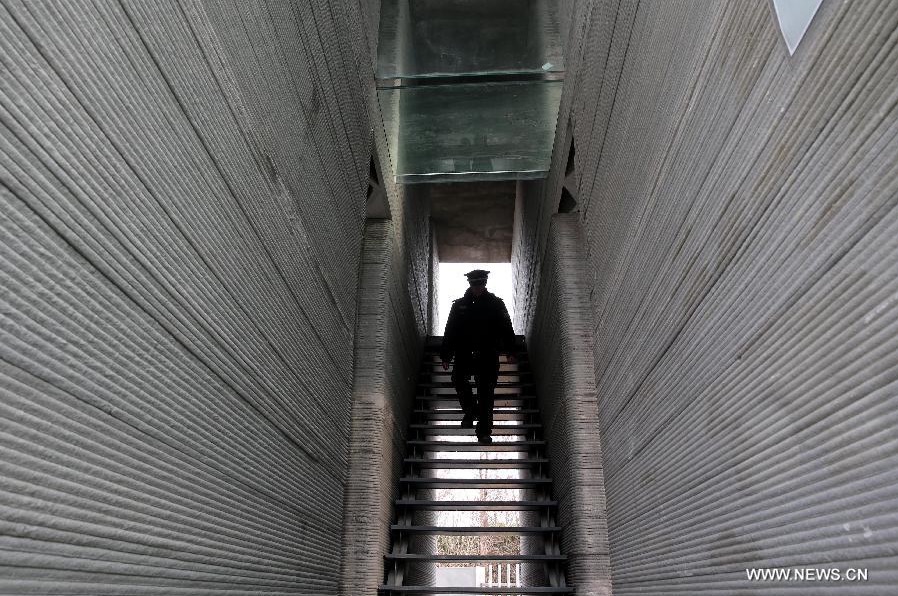After this week’s revelation of 3D printed buildings in China, we had some thoughts of what this could mean for homeowners.
A piece in the Guardian explores this somewhat, suggesting that:
The houses built by property developers are not actually designed as places to live, but as financial assets; to be sold to the mortgage lending market. The term “housebuilder” is actually a little misleading. A better description might be “land developer” a company that buys land and seeks to resell it with a 20% margin for its shareholders.
They go on to suggest open source tools to help design sustainable, low-cost homes that could be “3D printed and self-assembled”.
But what could this mean? The China building prints were extremely simple in design. We’re thinking that considerably more complex design elements could be included – and printed, if 3D printed building technology became widespread.
One key aspect could be variation in design. Often, as the Guardian piece suggests, row housing is endless iterations of identical designs. This is presumably done for efficiency of building. However, 3D printed buildings could be produced having varying designs with virtually the same efficiency. It could even be possible to randomize design elements, ensuring no nearby homes are the same.
Just as 3D printed automobile and aerospace parts have leveraged the technology to produce more effective components, so too could the housing industry. Think of building walls with venting or cable routes invisibly embedded within them. Think of hollow walls containing just enough interior density to meet the engineering requirements for that specific structural location. Think of standardized “interface” design elements that easily accept non-printed components, like doors, windows or appliances. There’s a great deal that could be done.
Via The Guardian


